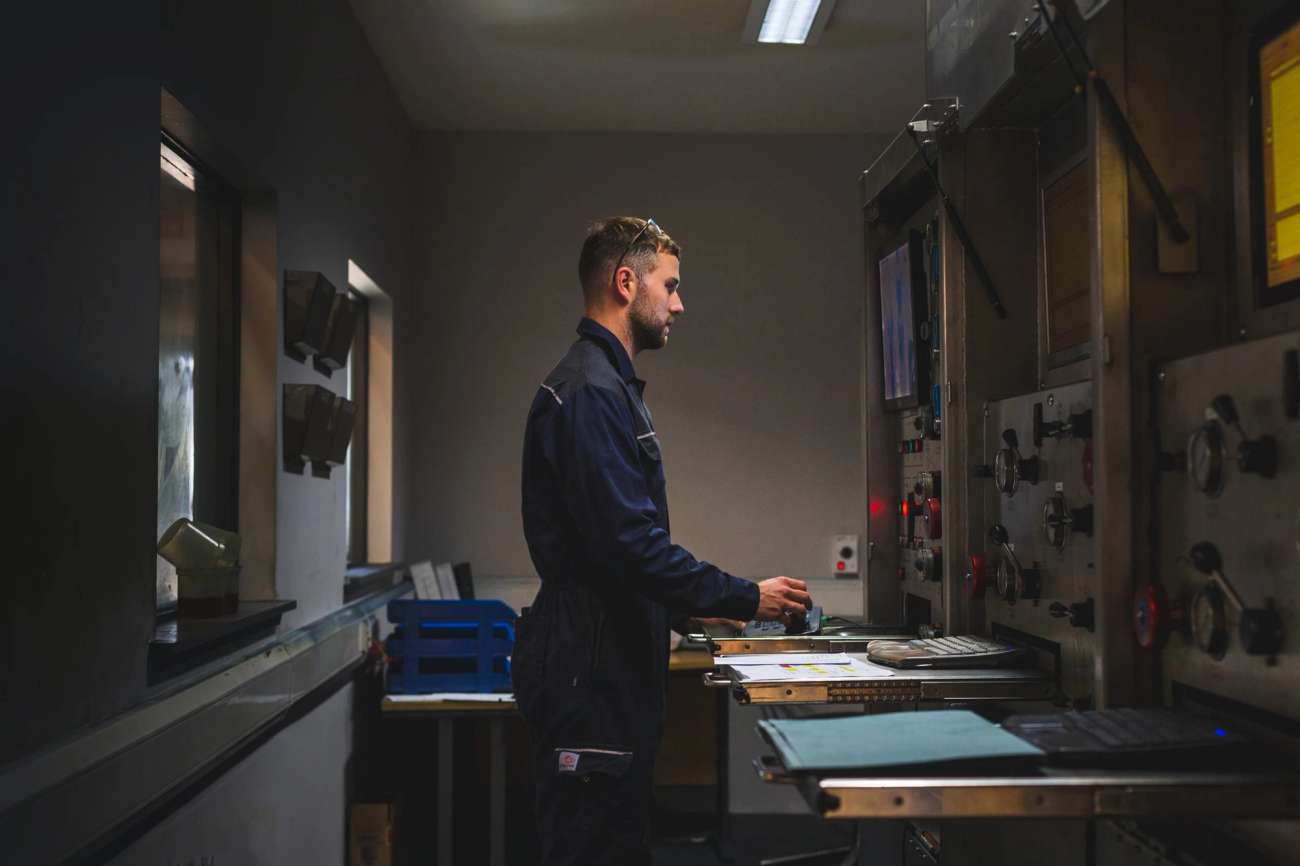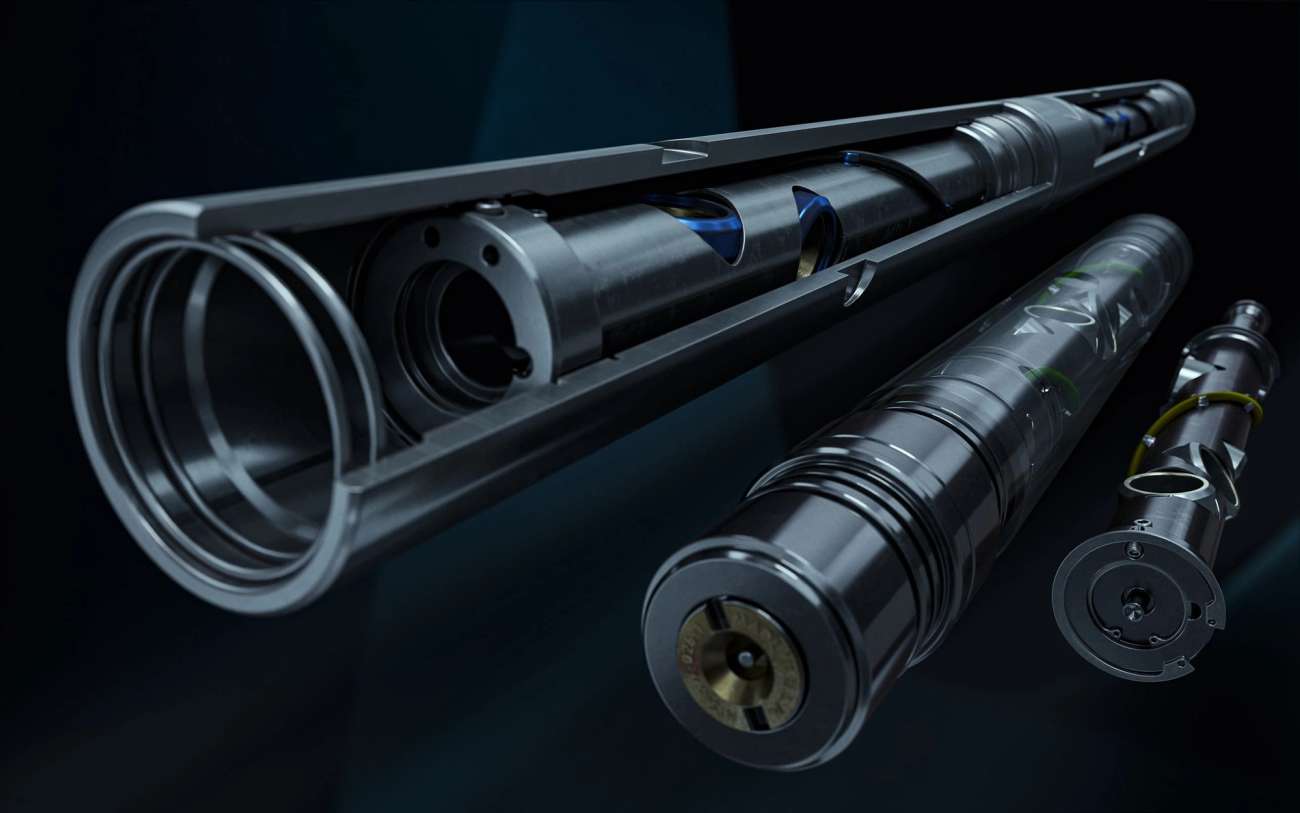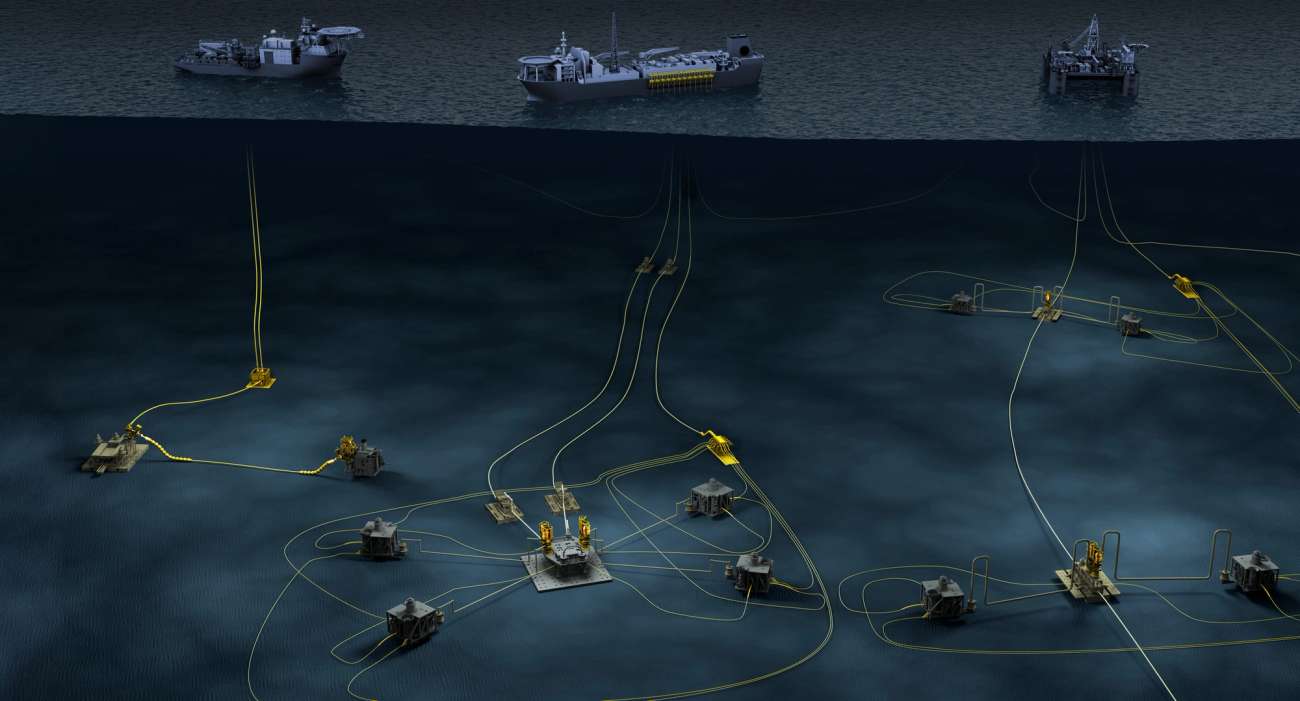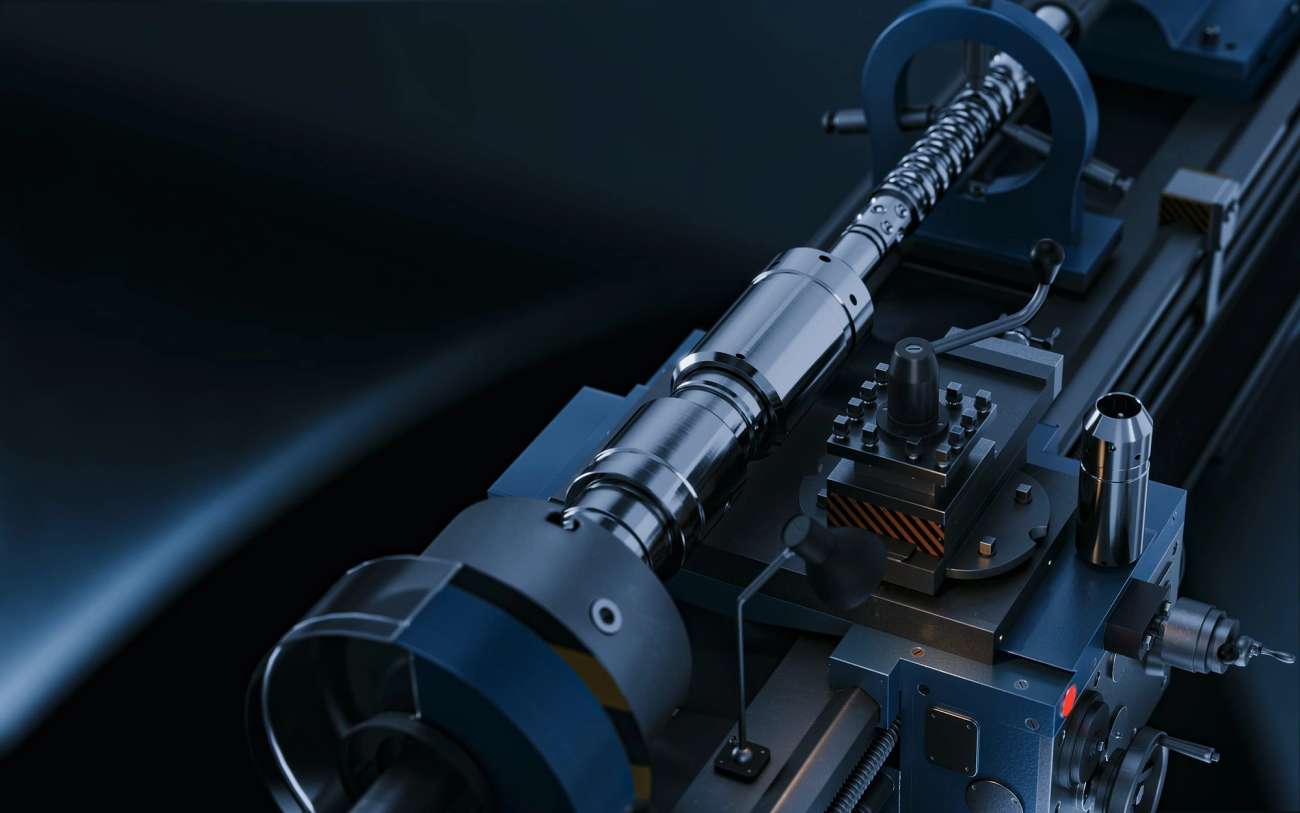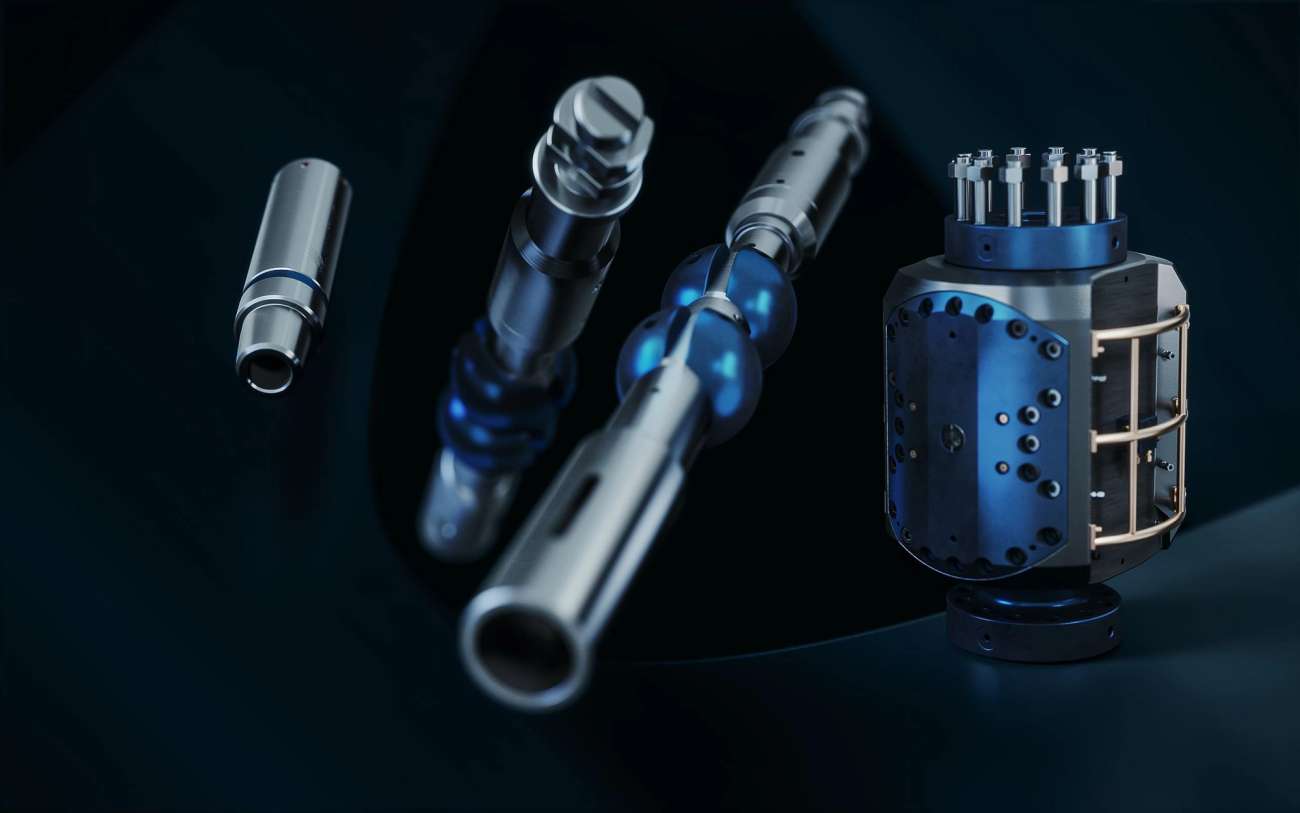
History of Hunting
Change is our travelling companion.

Celebrating 150 years of Hunting
Change is our travelling companion - Take a trip through our history and into our future.
An ever present entrepreneurial spirit
We have demonstrated endless resilience and willingness to embrace new industrial and societal contexts.
Entrepreneurial spirit has been ever present during our history, from the founding by Charles Samuel Hunting right through to today, where we are continually driving new possibilities for energy.
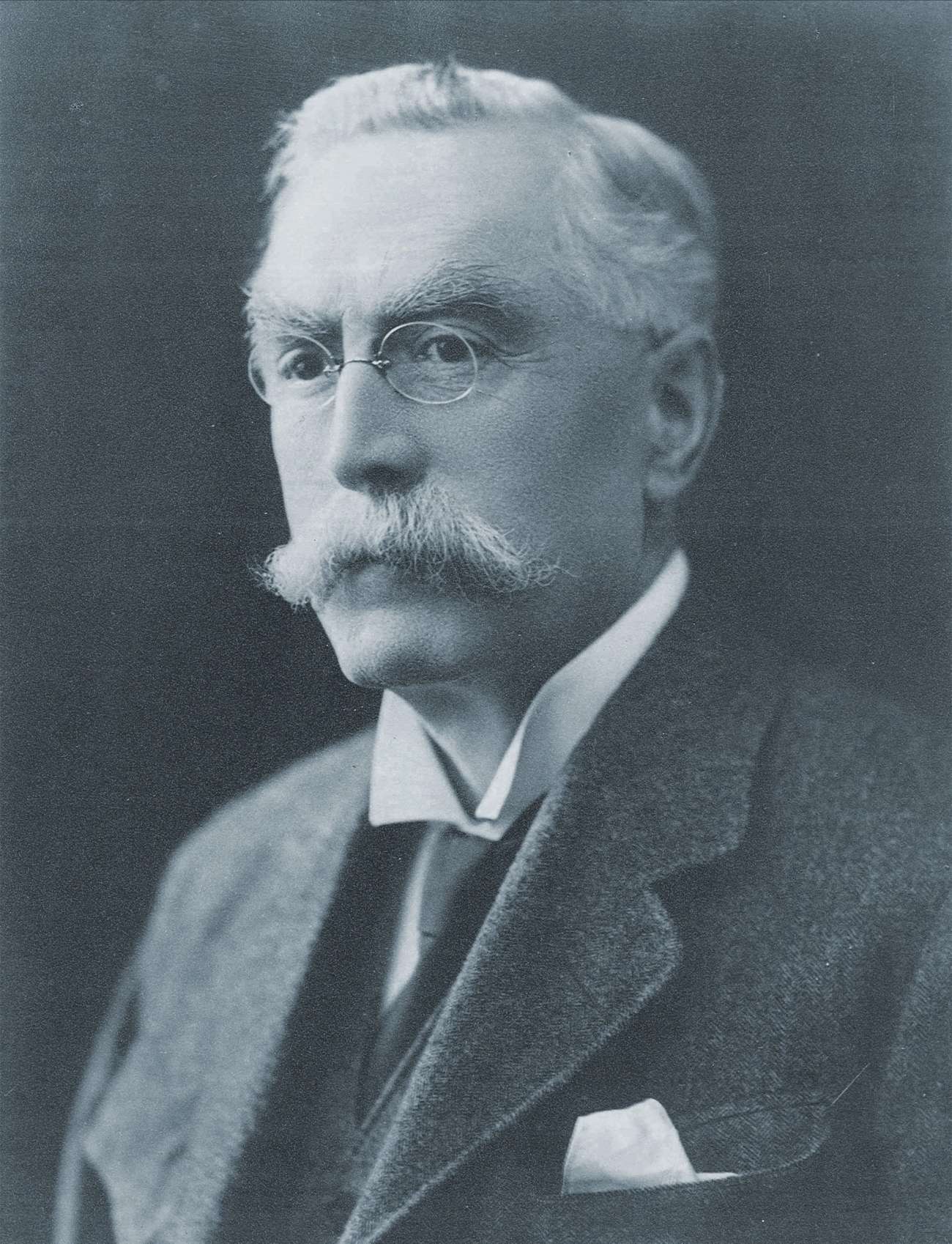
Charles Samuel Hunting – The Beginning
When Charles Samuel Hunting entered the oil business in the 1890s he was already expanding upon a successful ship-owning firm set up by his father, also named Charles, in 1874.
An inveterate traveller, he had journeyed the world "to study the oil trade" and in short order had pursued exploration prospects in Russia, built the first batch oil refinery on the Thames, invested in a production venture in Hungary and sought trading opportunities out of the Gulf of Mexico.
He was a dynamic and directed man, characterised by his clear vision on what would power world trade. Leading by example he took a timely risk by ordering one of the first ever oil tankers.
A subsequent building programme was to see one of the largest independent tanker fleets in the world flying the Hunting flag.

The early years – trust and integrity
The early shipping years bred a strong culture of trust and expectation of integrity. It was possible, after all in those pre-radio days, for a master of his ship to be away for nearly a year on some of the longest voyages.
The ship's company needed the reassurance that the owners were working in their best interests and the owners on their part had to have faith in the dependence of their crew.
This autonomous style of management is still deeply rooted.

First World War – Decimation, Rebuilding and Diversification
The First World War decimated the Hunting fleet and when Charles' two sons Percy and Lindsay got to grips with the business in the early twenties it was a desolate landscape that greeted the brothers.
Determined once again to rebuild the fleet, Percy as "governing partner" also diversified the business by taking the company into aircraft servicing and manufacturing, and some years later an airline business, Hunting Clan. During the 1930’s, the brothers also backed an E&P venture, prospecting for oil in Texas.
Much later, the Hunting name in aviation became synonymous with a range of military and civil aircraft including the Jet Provost, and in its nascent days, the aircraft that would become one of Britain's best export sellers, the BAC 1-11.

Second World War – Further Diversification
Further diversification came after the Second World War in which yet again Hunting personnel suffered the most appalling loss of life in the tanker trade.
The urgency to test new markets, scan the horizon for new opportunities and to anticipate the needs of industry led the brothers into all sorts of ventures - and adventures. Not always successfully, but always with an eye to be leaders in the field.
Oil had been struck in Texas, a world-class defence company had been established (whose precision engineering skills gave rise to the formation of an oil services company), an aerial survey and geophysical business with a global reach built and substantial investments made in the Canadian oil sector.

Sir Percy Hunting – A Lasting Impression
It was indeed a worldwide, leading edge concern that Sir Percy Hunting left to the next generation and to Pat Hunting on his retirement with a knighthood in 1960.
Always a pragmatist and a people person, his drive and enthusiasm for getting the best out of the team made a lasting impression.

Public Company – A New Era
Petroleum retailing, lubricants and specialised products were added to the portfolio and increasingly outside capital was brought into the business to fund expansion during the sixties and seventies. The hitherto privately owned Hunting interests went public in three separate, though interrelated quoted companies.
The situation was simplified in 1989 under Clive Hunting when all three were merged into the present Hunting PLC. His nephew Richard Hunting subsequently succeeded to the chair, taking up the reins as the company entered this new era.

Hunting PLC Today
Today the company has metamorphosed again into a leading upstream energy services company, in one sector as befits a fully listed public company.
Boosted by the proceeds of restructuring and the sale of the Canadian midstream business, Gibson Energy in 2008, the company has since sought to consolidate its global footprint through organic investment and selective acquisition. The acquisition of Innova-Extel, a Texan based electronics manufacturer, in 2010 provided a platform around which an advanced manufacturing group has been built augmented by the more recent purchases of Dearborn, Specialty Supply and WL Doffing to offer a more comprehensive product range for field operators.
The acquisition of the Titan Group in 2011 was the largest in the Company’s history significantly extending the range and utility of products in the wellbore from downhole instrumentation and perforating systems to access complex and unconventional reserves around the world. Hunting continues in its search for value with management in the vanguard, inspired by the entrepreneurial spirit and driven by the leadership of previous generations.







